The Complete tales from the Otherlands Tome 3
Extraits

Histoire et Philosophiesophie
Thinking about Physics
01/2000
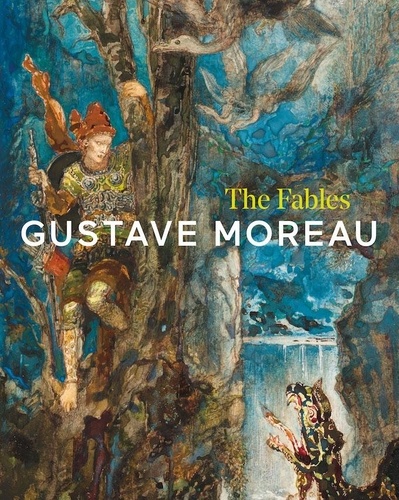
Monographies
Gustave Moreau. The Fables
08/2021
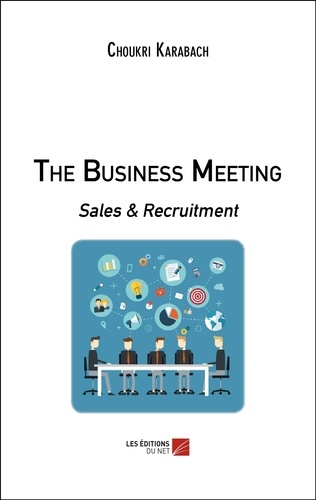
Gestion
The Business Meeting - Sales & Recruitment
01/2018
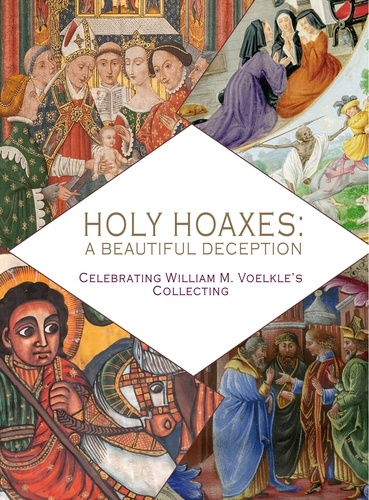
Vitraux, enluminures
Holy Hoaxes. A Beautiful Deception
04/2023

Anglais apprentissage
Acacia thorn in my heart
09/2001

Non classé
She’s Leaving Home
06/2011

Religion
The Second Story of Creation (Gen 2:4-3:24)
11/2010

Informatique
THE AWESOME POWER OF DIRECT 3D/DIRECTX. DirectX version 5.0, compact disk included
12/1999
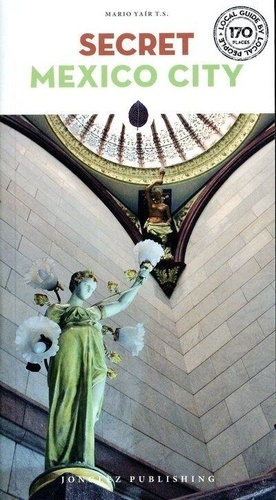
Mexique
Secret Mexico City
02/2024

Policiers
Goebius' Strange Model
01/2020

Monographies
Burmese Silver from the Colonial Period
09/2022

Beaux arts
Italian Maiolica and Other Early Modern Ceramics in the Courtauld Gallery
03/2023

Philosophie
Issues in the Philosophy of Language Past and Present
11/1999

Sciences de la terre et de la
Cuckoos, Cowbirds and Other Cheats
04/2000

Littérature française
Les inventeurs. Essai
02/2017

Design
A Year in the French Style. Interiors & Entertaining by Antoinette Poisson
10/2023
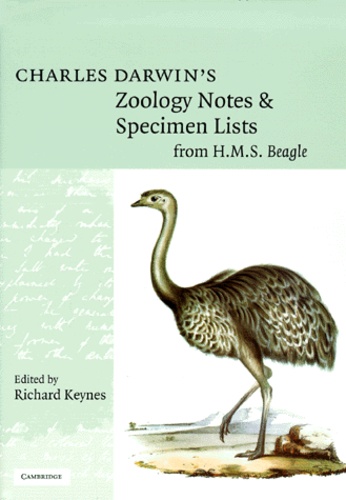
Histoire et Philosophiesophie
Charles Darwin's Zoology Notes & Specimen Lists from H.M.S. Beagle
01/2000
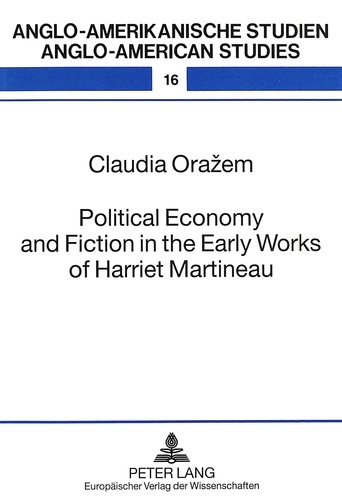
Non classé
Political Economy and Fiction in the Early Works of Harriet Martineau
11/1999

Autres langues
If I didn't have you. Avec 1 CD audio MP3
10/2014
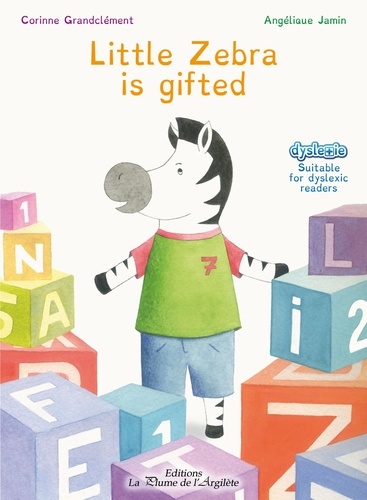
Livres 3 ans et +
Little Zebra is gifted
05/2015
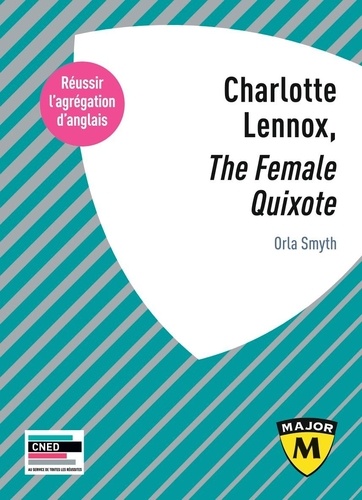
Divers
Charlotte Lennox, "The Female Quixote". Agrégation d'anglais, Edition 2024-2025
11/2023

Histoire internationale
After The Last Ship
04/2014

Sociologie
A Handbook of Global Citizenship Education. The Belgian perspective
01/2023

Théâtre
Antoine et Cléopâtre
10/1996
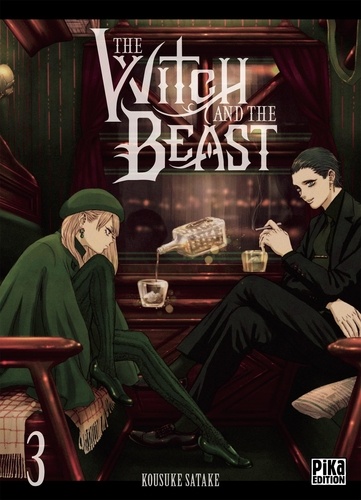
Seinen/Homme
The Witch and the Beast Tome 3
09/2021

Littérature érotique et sentim
The elements Tome 3 : The silent waters
06/2017

Fantasy
The Marvelous Tome 3 : The Marvelous Lion
03/2024
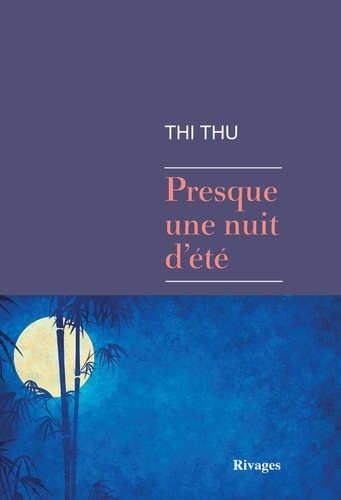
Littérature française
Presque une nuit d'été
08/2018
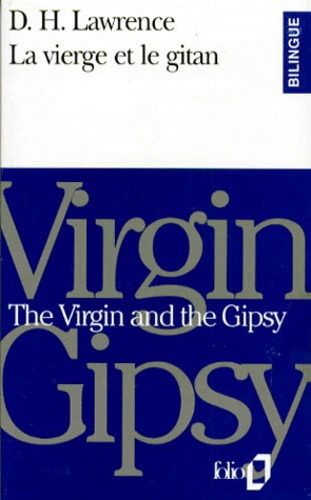
Anglais apprentissage
LA VIERGE ET LE GITAN : THE VIRGIN AND THE GIPSY
02/1993

Tourisme étranger
Moroccan tracks Volume 11. The sagho djebel
08/2022


